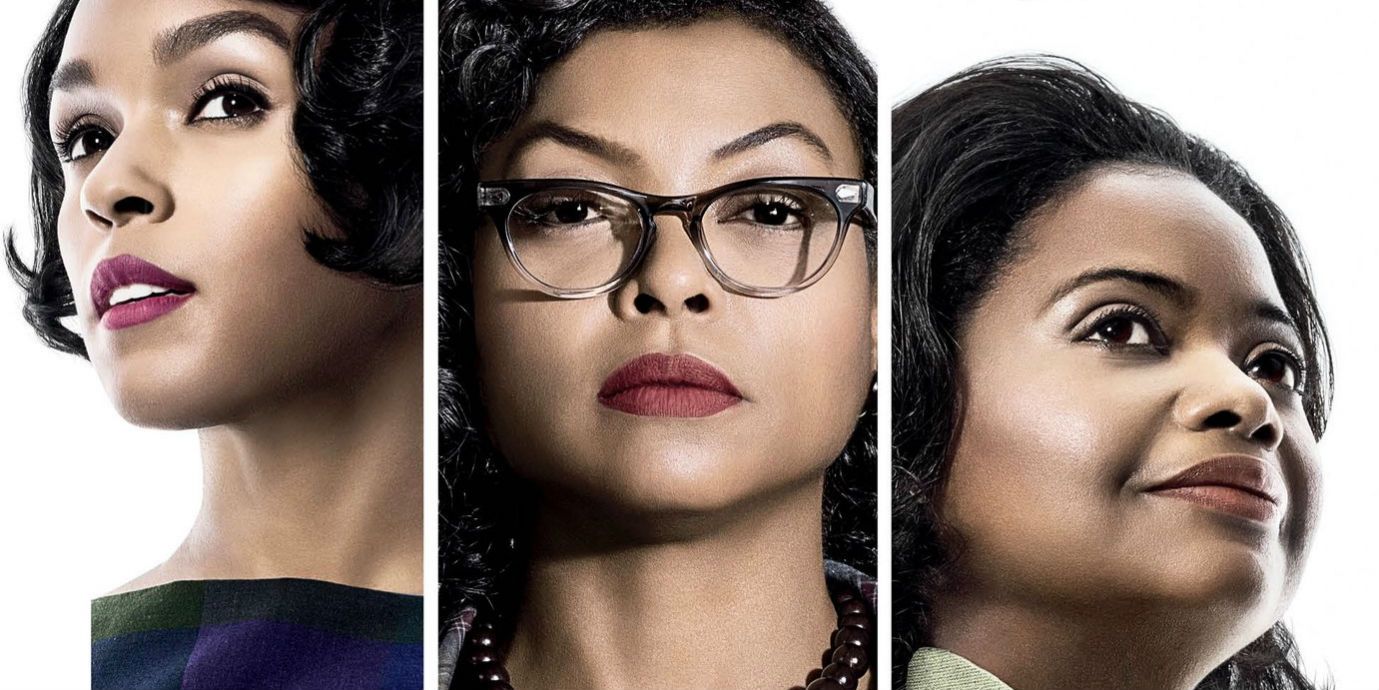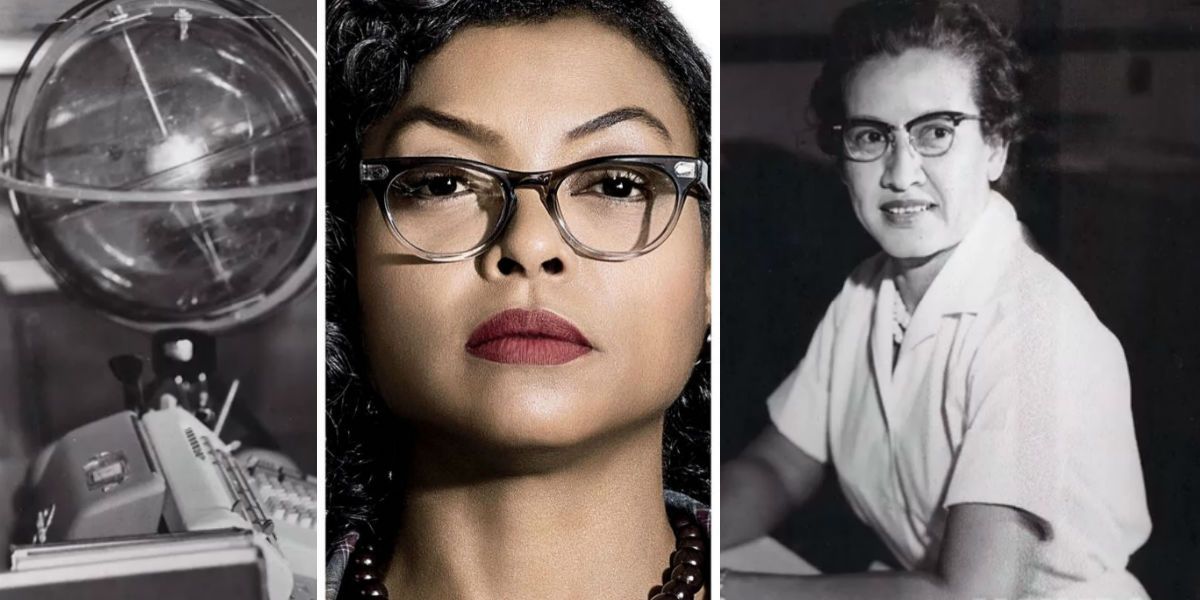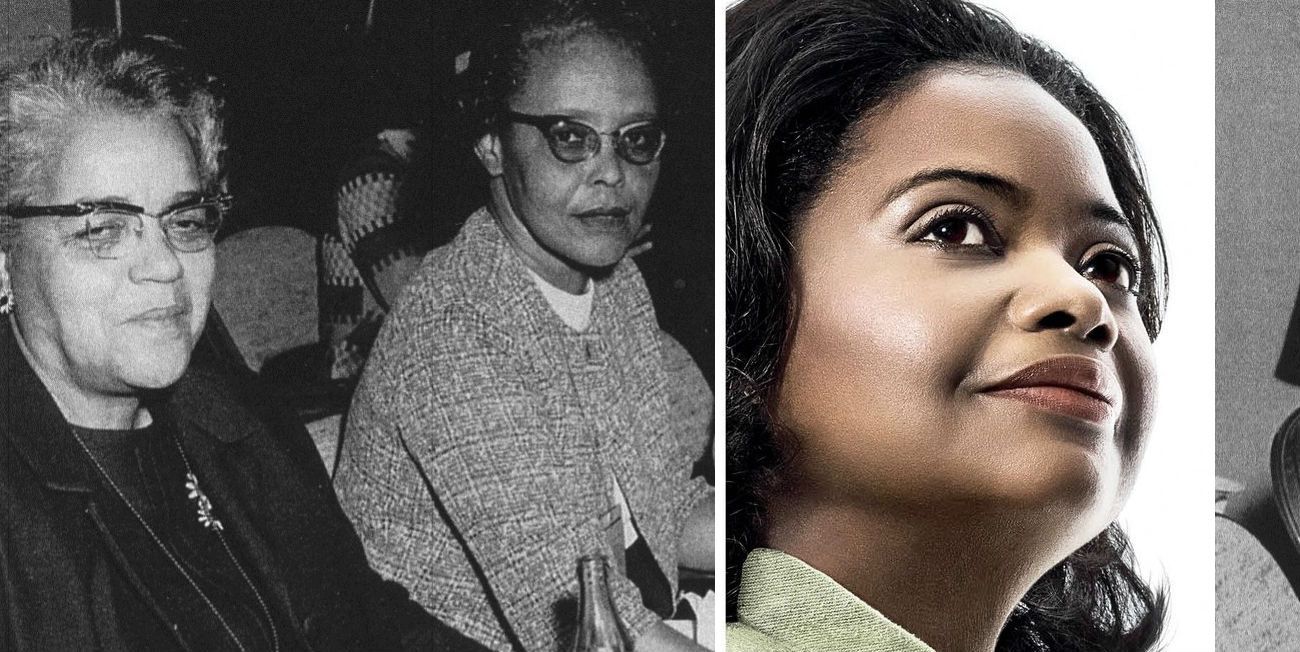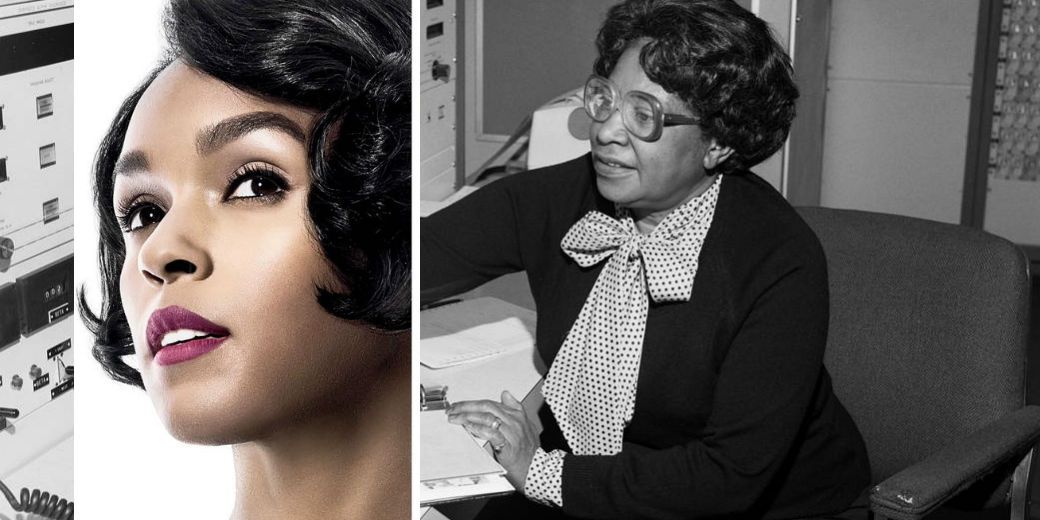Hidden Figures is the true story of the American 1960s Space Race from a perspective that is often overlooked. Katherine Johnson (Taraji P. Henson), Dorothy Vaughan (Octavia Spencer), Mary Jackson (Janelle Monáe), and many other black women in NASA's West Area Computing Unit participated in what is considered one of America's greatest achievements – the successful completion of our very first orbital space flight. And they did it in the height of the Jim Crow segregated south.
This movie is only a space exploration story on its surface; there's something much more human below. Based on Margot Lee Shetterly's nonfiction book of the same name, Hidden Figures explores how these three women navigated the divisive nature of where they lived and worked. Katherine, Dorothy, and Mary faced daily adversity, all while trying to accomplish a goal for a country that systematically oppressed them. None of those obstacles stopped them from using their gifts to make a difference.
Theodore Melfi's interpretation of the book covers the most impactful parts of the story in a way that gives them a cohesive narrative and power. The performances from Henson, Spencer, Monáe, and the rest of the ensemble cast are definitely worth the price of admission. But it's impossible to fit an entire lifetime into an hour and a half, especially through the eyes of three separate people. Before you hit the theater, here's some background info on the American heroes this film is about.
Katherine Johnson was born in 1918, on August 26th in White Sulphur Springs, West Virginia. She had an aptitude for mathematics at an early age - so much so that when Greenbriar County told her family schooling beyond 8th grade for African Americans was not available, they moved. She finished high school at 14, and by 18 graduated from West Virginia State College summa cum laude with two degrees in Math and French. One year later she was the very first black woman to desegregate WVU's graduate program.
After making academic history, and teaching for a few years, she joined NASA's Guidance and Navigation department in 1953. Katherine worked in a team of women often referred to as computers. They performed all of the necessary math calculations for any number of functions and projects where solving complicated equations was necessary - mostly by hand. Due to segregation laws, Johnson's group was required use different bathrooms and dining halls; they even worked in a location away from their counterparts. But in 1958 she would begin making history again, joining the Spacecraft Controls Branch as an aerospace technologist. And just one year later, she calculated the flight trajectory for the first American in space – astronaut Alan Shepard aboard the Mercury Seven.
Katherine would go on to work on multiple space missions. She calculated the flight window for Shepard's second mission in 1961. Astronaut John Glenn requested her personally to check his flight calculations for his orbit around the earth in '62. And she was a indispensable part of the team on both Apollo 11 and 13. Her work is respected collectively throughout the aerospace research community. She is one of the most award winning aerospace technologists that has ever worked at NASA. Johnson received the Presidential Medal of Freedom in 2015, at 96 years old – the highest honor in the United States for a civilian. She and her husband have six children, eleven grandchildren, and currently live in Hampton, Virginia.
Dorothy Vaughan is a Kansas City native, born on September 20, 1910. Her family relocated to Morgantown, West Virginia where she graduated high school at 15. And then, at 19, she finished her B.A. in mathematics at Wilberforce University in Ohio. Like Katherine, and many of the women that would go on to work at NASA, she started her career as a teacher. Dorothy took the job to help her family during the Great Depression. For years it was the best job she could hope to get as a black woman with her qualifications. But in 1941 Franklin D. Roosevelt passed executive orders 8802 and 9346. The first stated that:
Whereas it is the policy of the United States to encourage full participation in the national defense program by all citizens of the United States, regardless of race, creed, color, or national origin, in the firm belief that the democratic way of life within the Nation can be defended successfully only with the help and support of all groups within its borders;
This changed the game. Because of the need for all hands on deck during World War II, Dorothy was able to get a job at what was know then as the National Advisory Committee for Aeronautics. She worked there for 28 years, starting in the West Area Computers, eventually becoming the first black supervisor. Dorothy was one of the first on the job to master computer programming, and coding languages like FORTRAN, when the new electronic systems came in to replace NASA's human computers. Her leadership and programming skills made her invaluable as a teacher for new and existing employees who struggled to learn the new computer. Vaughan's work was integral to the success of the Space Race, as well as the Scout Launch Vehicle Program that started in 1961. Dorothy would retire a decade later and passed away at age 98 on November 10, 2008. One of her four children followed her footsteps and went on to work at NASA as well.
Mary Jackson was born in Hampton, Virginia on April 9th, 1921. She went to high school there and attended what is now Hampton University, graduating at 21 wth dual Bachelor's in physical science and mathematics. Mary also started her career in education, before NASA she was a teacher in Maryland. And after leaving a bookkeeping job at the United Service Organization she became a research mathematician in the West Area Computing Unit. Jackson spent two years as a computer before transferring to the Compressibility Research Division where the focus was high speed flight. After she worked there for three years, taking night classes while raising her two children, Mary was granted enrollment in a special program that promoted her to the title of aerospace engineer. She became responsible for a series of wind tunnel experiments at the Theoretical Aerodynamics Branch of Langley that led to her authoring 12 technical papers for NASA.
Jackson was one of the first black women granted the title of engineer, and she used what she knew to help many women and other minorities achieve the same goal. She advised her colleagues on which coursework to complete to receive promotions. And after three decades at NASA, she earned the highest title possible for an engineer that wasn't a supervisor. She then turned her eyes to a different goal: becoming the Federal Women’s Program Manager in the Office of Equal Opportunity Programs. Mary Jackson spent the remainder of her time working to uplift and highlight the accomplishments of women and all people of color that gave their professional talents to NASA until her retirement in 1985. She passed away on February 11th, 2015.
Katherine Johnson, Dorothy Vaughan, Mary Jackson, and many others made incredible contributions to America through their work in aerospace at NASA. But more importantly, they destroyed racial barriers and opened countless doors for the black women and men who would come after them and continue their history-making legacy. Without them there is no Mae C. Jemison, the first black woman to travel through space in 1992. While it will be easy for some to place Hidden Figures in a black movie category, which often happens to films with multiple black lead actors – it's more than that. Hidden Figures is a movie about American triumph, defying the odds through perseverance and hard work, and creating something special from the hand that you've been dealt. Those are the stories that make up the fiber of who we are as human beings.
Hidden Figures is in theaters now.




